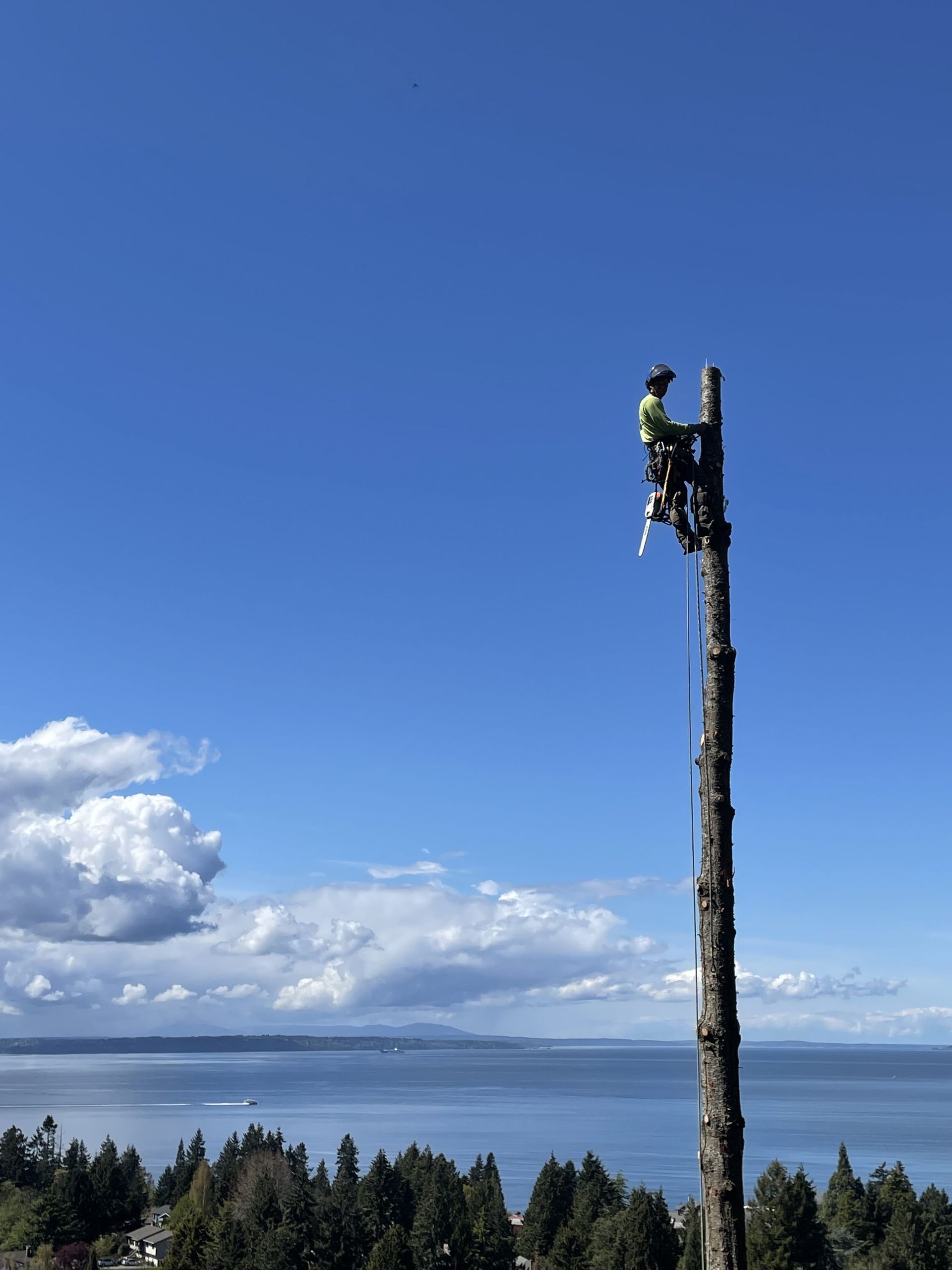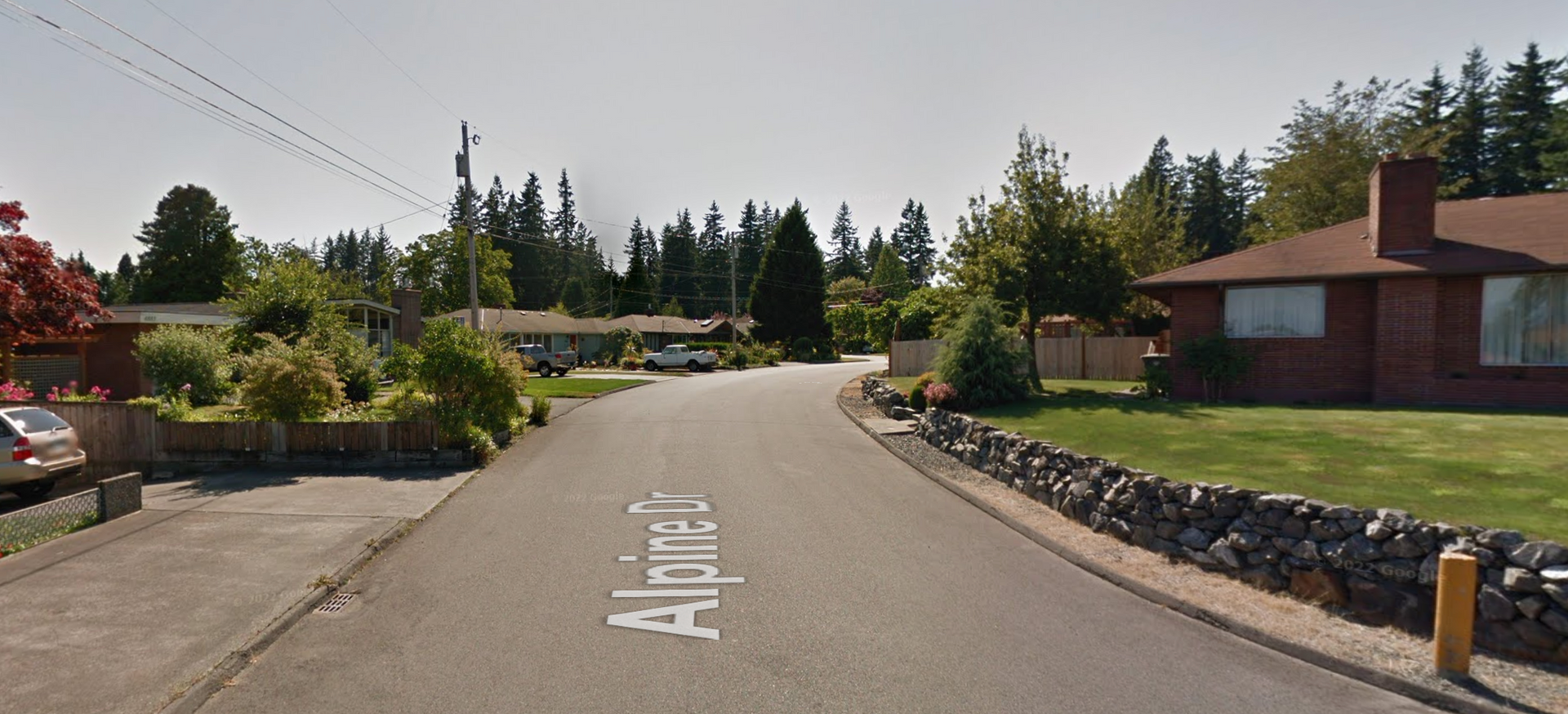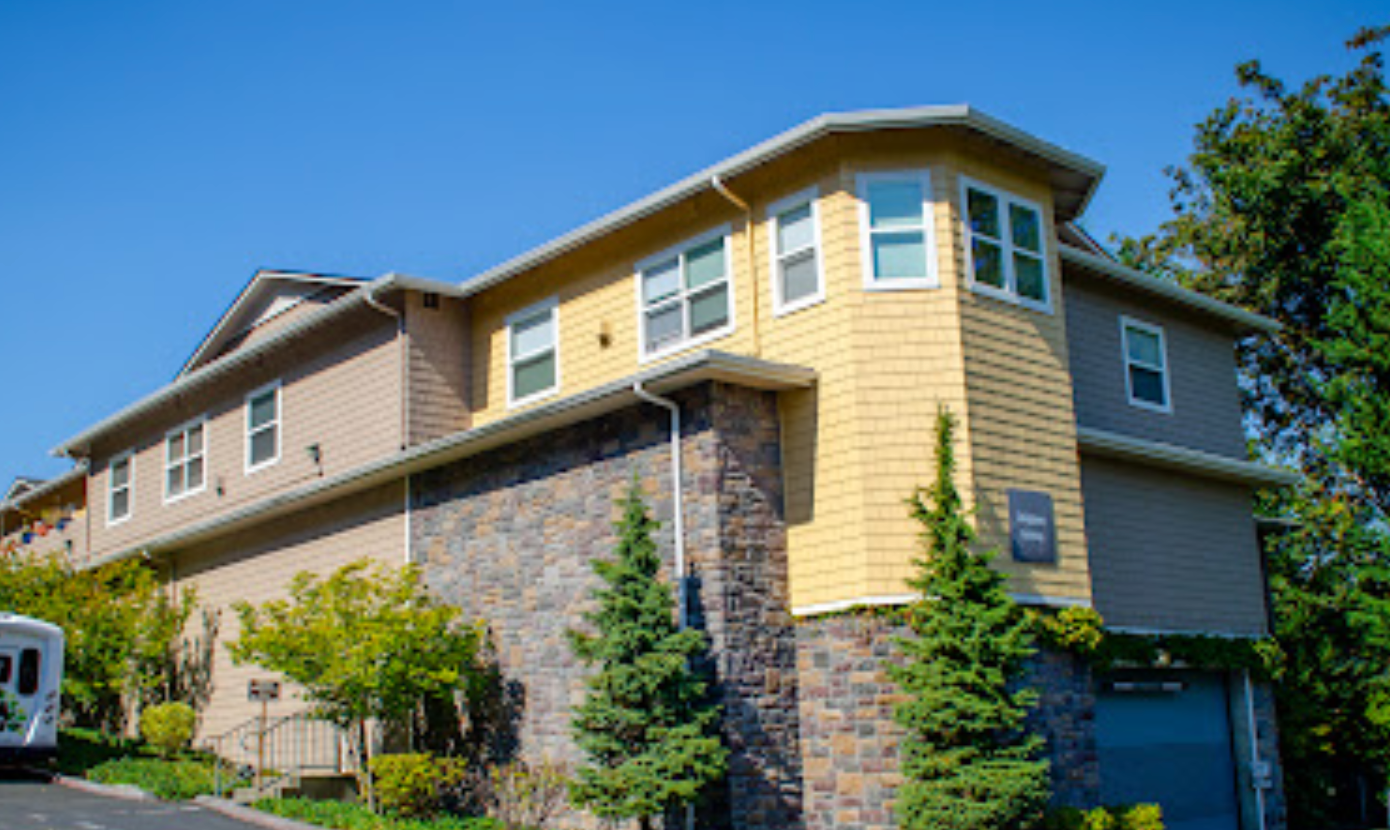How Much Does Tree Removal Cost?
Everything You Need to Know About Tree Removal Costs
The Ultimate Guide to Tree Removal Costs: What You Need to Know
Tree removal is an important part of landscaping and maintaining a healthy home environment. Not only does it help to reduce the risk of disease, damage from pests, and fire hazards, but it can also increase the value of your property. But with so many different factors that come into play when estimating tree removal costs, it’s important to understand what goes into the final price.
Factors that Affect the Cost of Tree Removal: Explained
Tree size and complexity - One of the biggest factors that contribute to a tree removal cost is the size of the tree. Generally, larger trees require more time and effort to remove, therefore increasing labor costs. Also, if the tree has multiple branches or is intertwined with other trees it can become difficult and costly to remove safely.
Comparing Tree Removal Prices: How to Find the Best Deal
Location - Where a tree is located can also have a major effect on the price of removal. If the tree is in close proximity to buildings or power lines, it may require special equipment and more cautionary measures that can increase labor costs. For example, if you’re cutting down a large tree near your house, it might be a good idea to hire a professional tree service.
Tree Removal Cost Breakdown: Labor, Equipment, and Materials
Tree removal is an important part of landscaping that can help to reduce the risk of disease, damage from pests, and fire hazards while also increasing the value of your property. There are several factors that can affect the cost of tree removal, such as size, complexity, and location. Generally, larger and more complex trees will require more time and effort to remove, therefore increasing labor costs. Additionally, if the tree is in close proximity to buildings or power lines, special equipment may be required which can further raise tree removal prices. By understanding what goes into the cost of tree removal and comparing different quotes from local services, you can find the best deal for your situation.
Hidden Costs of Tree Removal: What to Look Out For
When researching tree removal costs, be sure to look for any hidden costs that may not be included in the initial quote. Some of these hidden fees could include stump grinding and disposal, transport of debris away from the property, or even permits if needed. Additionally, depending on the size or complexity of the job you may also need to factor in additional labor costs, if the job takes longer than expected.
Average Tree Removal Costs in Your Area: A Comprehensive Analysis
The cost of tree removal will vary greatly depending on the location and size of the tree. On average, removing a small tree (less than 30 feet) can cost anywhere from $150 to $400 while larger trees can range anywhere from $700 to over $2,000. It’s important to remember these are just estimates and the final cost will depend on various factors, such as complexity and location.
DIY Tree Removal vs. Professional Tree Removal: Which is More Cost-Effective?
Removing a tree can be a dangerous and tricky job, so it’s usually best to leave the work to professionals. While DIY tree removal may be cheaper initially, the cost of repairing any property damage or personal injuries could end up being more expensive in the long run. Professional tree services are experienced in safely removing trees, so they can often provide a better price and the peace of mind that comes with knowing the job is being done right.
Tree Removal Permit Fees: How Much You Can Expect to Pay
In some cases, you may need to obtain a tree removal permit before having the work done. The cost of this permit can vary depending on your location and whether or not your city requires it. Generally, these permits range from $50 to $200, although fees could be higher if the tree is located in a protected area. It’s important to check with your local government before beginning the tree removal process.
Tips for Saving Money on Tree Removal: Expert Advice
There are several ways to save money on tree removal, such as asking for a discount or negotiating the price. It’s also important to ask questions when researching different services and make sure you understand what is included in their quote. Additionally, you can save money by pruning your trees beforehand, which will help reduce labor costs. Finally, if you’re looking for a long-term solution, it might be a good idea to hire a professional tree service for regular maintenance and pruning. This will help keep your trees healthy and prevent any costly future removal projects.
Understanding Tree Removal Insurance: Coverage and Costs
Removing a tree can be risky, so it’s important to make sure you have the proper coverage in case something goes wrong. Most professional tree services will carry insurance which covers things like property damage and personal injury caused by their work. However, it’s important to read the fine print of any policies you are considering to make sure you are fully protected. Generally, these policies will cost around 1-2% of the total job cost.


